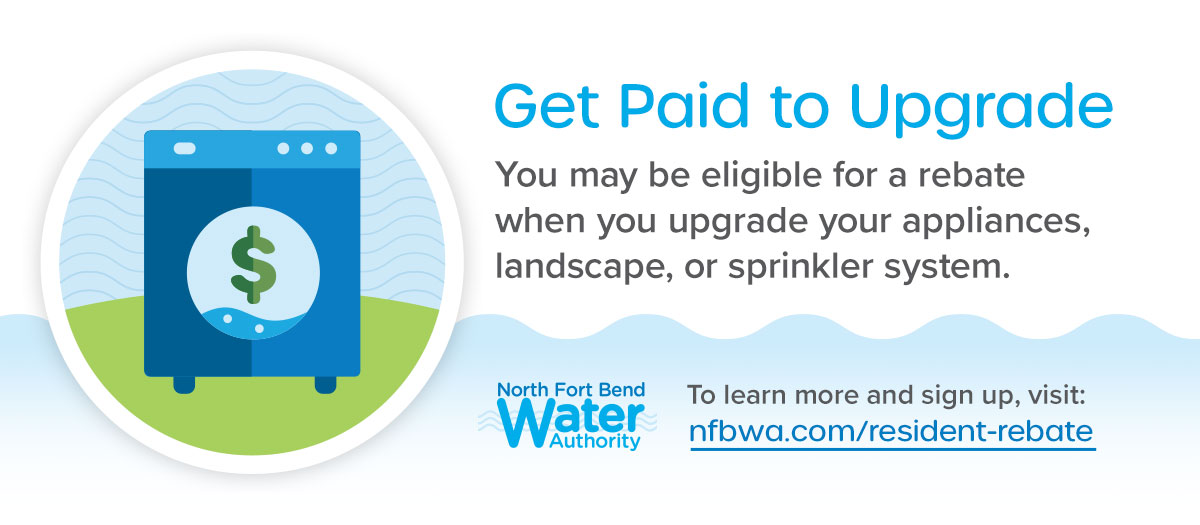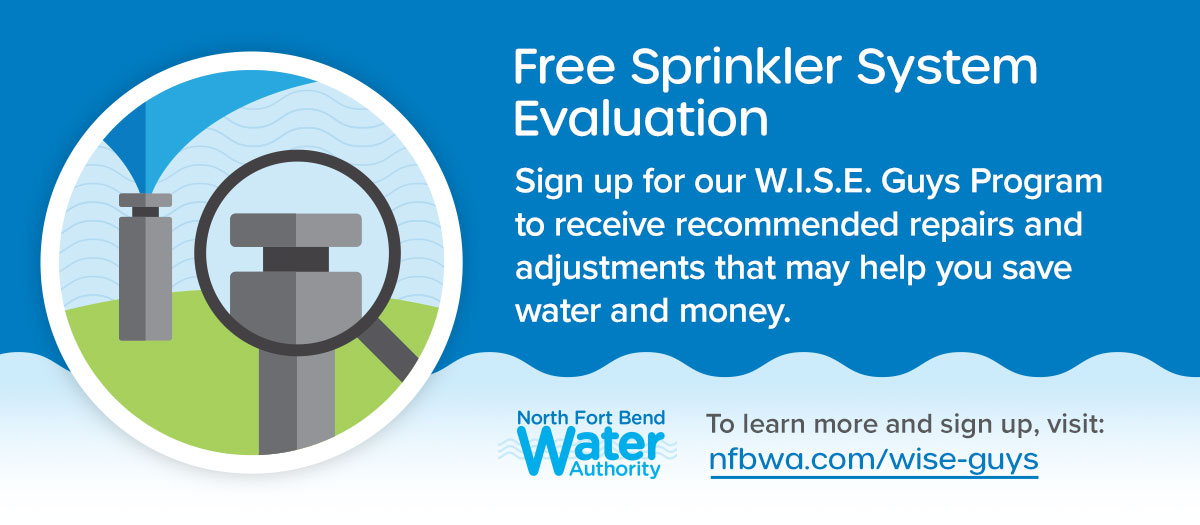No Boil Water Notice
There is no boil water notice in effect for Cinco Ranch residents or businesses. The City of Houston has issued a Boil Water Notice for their water system and other systems effected by the City’s issue. While local media (and social media) are reporting boil water notices for the City and those other Water Districts in our area, these notices do not pertain to any Cinco Ranch receivers, as the Master District maintains independent water production facilities. Again, Cinco Ranch is not currently under a Boil Water Notice.
In the event a Boil Water Notice needs to be issued for our community, notification will be provided. For immediate and up-to-date 24/7 information, you can always reach out to Inframark 24-hour Customer Service line at 281-398-8211.





